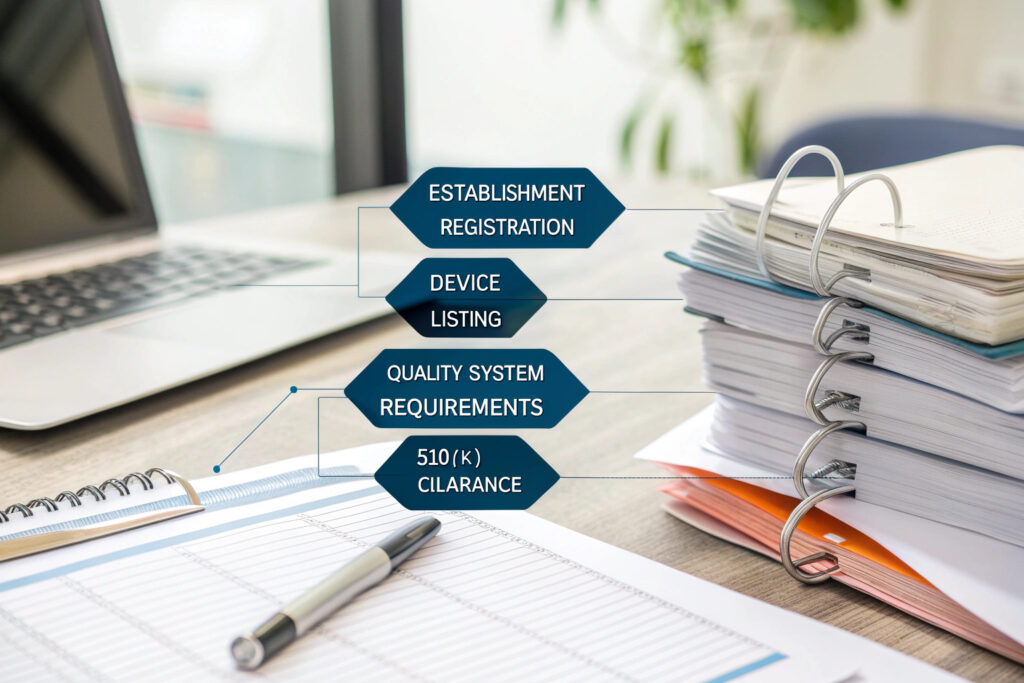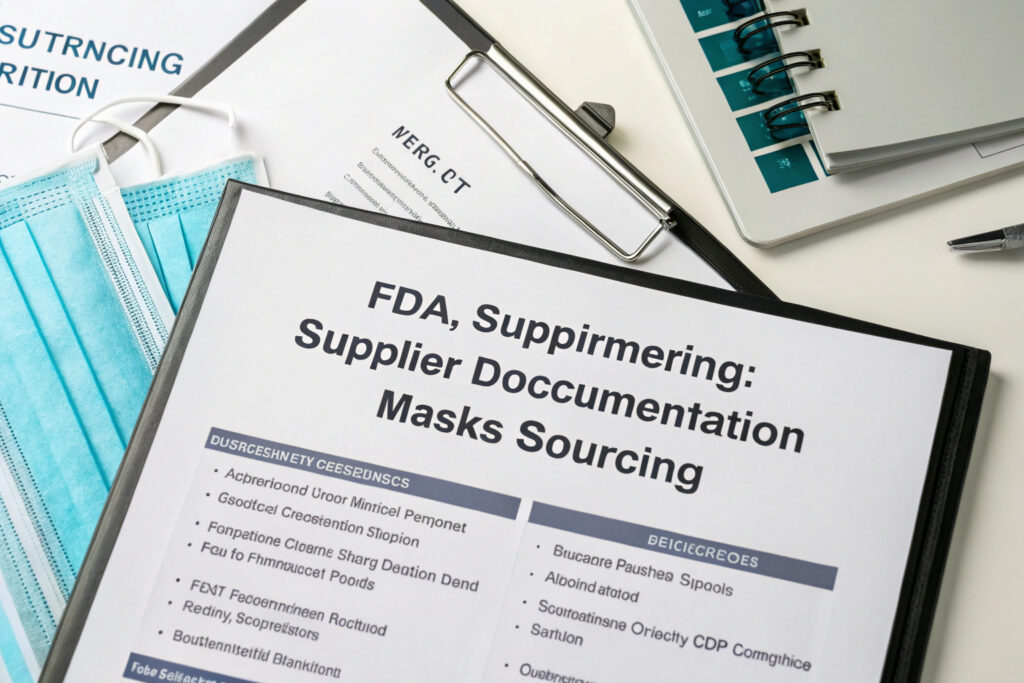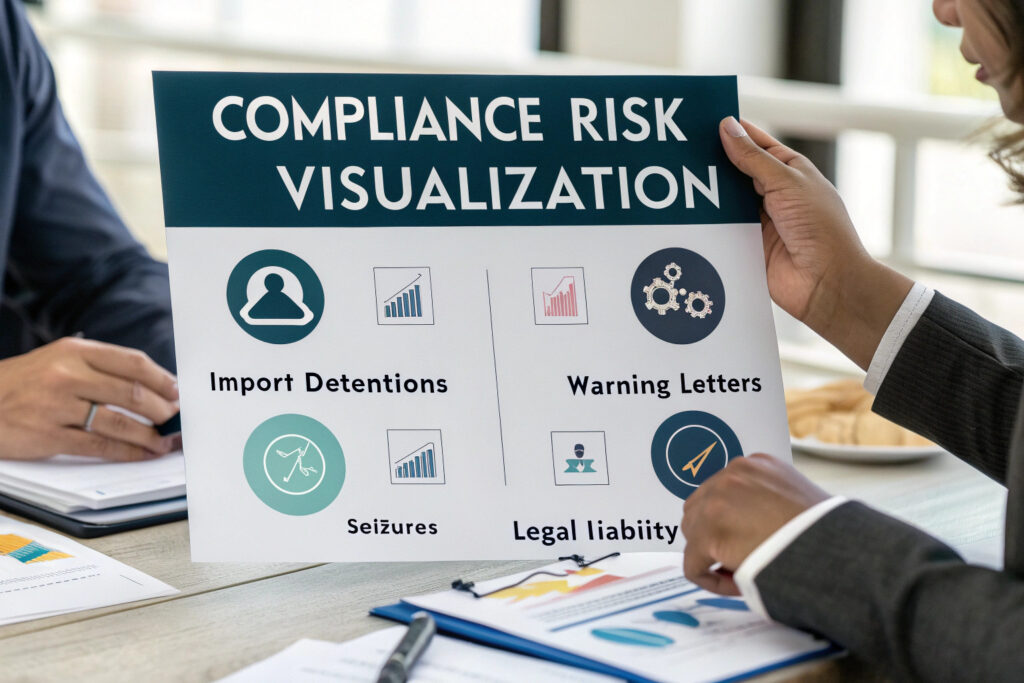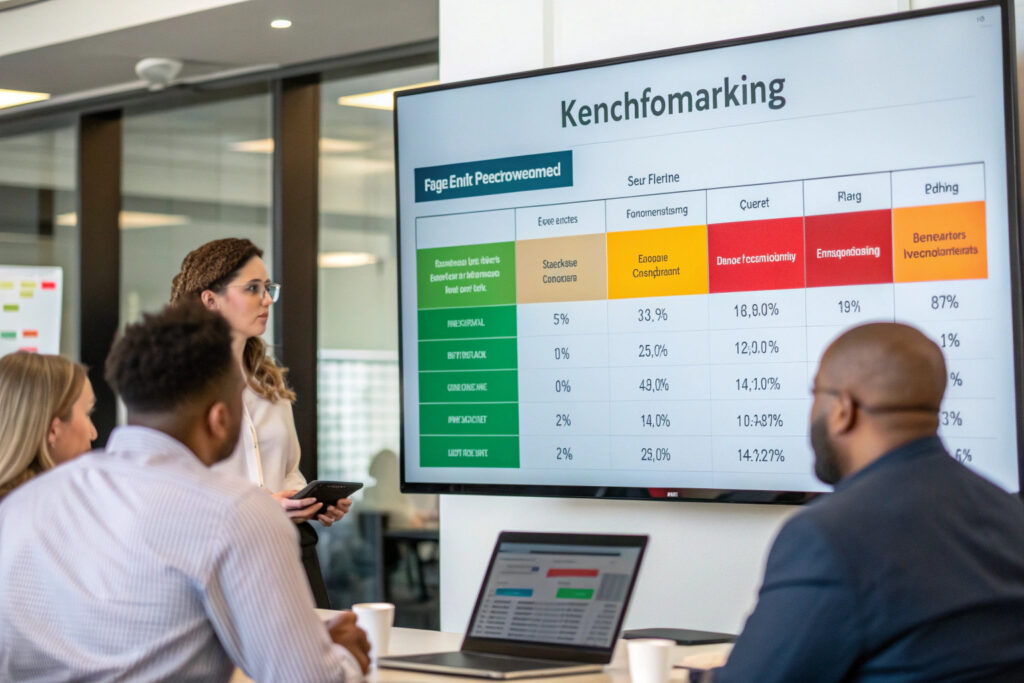Navigating FDA compliance for fabric masks requires understanding the crucial distinction between medical and non-medical face coverings in the US market. Many manufacturers and importers face confusion about when fabric masks cross into medical device territory and what regulations apply. Proper classification and compliance are essential to avoid regulatory actions, import detentions, and legal liabilities.
To source FDA-compliant fabric masks for the US market, you must first determine if your product qualifies as a medical device based on intended use and claims, then follow appropriate regulatory pathways including establishment registration, device listing, and quality system compliance if medical claims are made. For non-medical masks, compliance focuses on proper labeling, avoiding unauthorized medical claims, and meeting general product safety requirements.
The FDA's enforcement approach has evolved significantly since the initial COVID-19 public health emergency, with increased scrutiny on products making unauthorized medical claims. Understanding the current regulatory landscape helps you source appropriate products while maintaining full compliance. Let's examine the specific requirements and sourcing strategies for both medical and non-medical fabric masks.
What Determines Whether a Fabric Mask Is an FDA-Regulated Medical Device?
The classification hinges primarily on intended use and marketing claims rather than physical characteristics alone.

How do marketing claims impact FDA classification?
Any claims related to disease prevention, infection reduction, or medical protection typically trigger medical device classification. Phrases like "surgical," "medical," "antiviral," "N95-alternative," or any specific filtration percentage claims for medical purposes will likely place your mask under FDA jurisdiction. Even implied claims through imagery (showing use in healthcare settings) or product names can establish medical intended use. Our compliance team reviews all marketing materials to ensure claims don't inadvertently create medical device status for non-medical products.
What about performance claims and testing?
References to specific medical standards like ASTM F2100 (for medical face masks) or comparison to surgical masks/N95 respirators typically establish medical intended use. However, general performance claims like "breathable" or "comfortable" without medical context generally don't trigger medical device classification. Our standard non-medical masks include only non-medical performance claims and clearly state they are not medical devices.
What Are the Compliance Pathways for Medical-Grade Fabric Masks?
If your masks qualify as medical devices, specific regulatory requirements must be met before US market entry.

When is 510(k) clearance required?
Most medical face masks require 510(k) clearance unless they meet specific exemptions or are marketed under enforcement discretion policies. Surgical masks (Class II devices) typically need 510(k) clearance demonstrating substantial equivalence to a predicate device. However, during ongoing public health needs, the FDA may exercise enforcement discretion for certain medical masks, though this shouldn't be relied upon as a long-term strategy. Our medical mask clients pursue full 510(k) clearance for market stability.
What are the quality system requirements?
Medical device manufacturers must comply with Quality System Regulation (QSR) including design controls, document controls, purchasing controls, and corrective/preventive action systems. This requires comprehensive documentation of manufacturing processes, material specifications, and quality assurance protocols. Our FDA-registered manufacturing facilities maintain full QSR compliance with regular internal and external audits.
What Requirements Apply to Non-Medical Fabric Masks?
Non-medical masks have different but still important compliance considerations.

What labeling is required for non-medical masks?
Clear classification statements indicating the product is not a medical device and not intended for medical use are essential. Labels should also include manufacturer/importer information, fiber content, care instructions, and safety warnings if applicable. Our non-medical masks include specific disclaimer language: "This product is not a medical device and is not intended for use in healthcare settings or for protection against diseases."
How should performance claims be structured for non-medical masks?
General benefit claims focused on comfort, fashion, or general use without medical context are typically acceptable. Instead of "filters viruses," use "helps filter everyday particles." Rather than "medical-grade protection," describe "everyday coverage for personal use." Our marketing guidelines help clients navigate claim language that provides consumer information without creating medical device status.
What Documentation Should You Require from Suppliers?
Proper documentation from manufacturers provides the foundation for your compliance program.

What evidence demonstrates medical device compliance?
For medical masks, require 510(k) clearance documentation, Quality System certificates, and device master records from manufacturers. Additionally, manufacturers should provide evidence of establishment registration and device listing. Our medical device manufacturing partners provide complete technical documentation packages supporting their regulatory status.
What testing should be conducted for non-medical masks?
Material safety testing including CPSIA compliance for lead and phthalates, along with OEKO-TEX® or similar certifications for harmful substances, demonstrates general product safety. Performance testing to appropriate standards (like ASTM F3502 for barrier face coverings) supports legitimate claims without creating medical device status. Our standard testing protocol includes 18 different safety and performance parameters.
How Does Import Compliance Work for Fabric Masks?
Understanding customs and import requirements prevents border delays and detentions.

What FDA import requirements apply?
Prior notice submission to FDA is required for medical devices, while non-medical masks typically only need standard customs documentation. However, customs may detain any products making unauthorized medical claims regardless of intended classification. Our import compliance team ensures proper documentation and classification for smooth customs clearance.
How can you prepare for potential FDA inspections?
Maintain complete regulatory documentation including manufacturer qualifications, testing reports, and marketing materials review. Be prepared to demonstrate reasonable assurance of safety and effectiveness for medical devices or proper classification for non-medical products. Our clients receive comprehensive import documentation packages that address common FDA and customs questions.
What Are the Consequences of Non-Compliance?
Understanding enforcement risks helps prioritize compliance investments appropriately.

What enforcement actions might occur?
FDA warning letters, import detentions, product seizures, and injunctions are possible for significant violations. For medical devices marketed without proper clearance, the FDA may detain shipments at borders or require product recalls. Our compliance monitoring system tracks enforcement trends to help clients avoid common pitfalls.
How does competitor enforcement work?
Competitors may challenge improper claims through the National Advertising Division (NAD) or legal action under the Lanham Act, even for technically compliant products. The precise US market has low tolerance for exaggerated claims that might confuse consumers about product capabilities. Our marketing review process specifically addresses competitor challenge risks.
Conclusion
Sourcing FDA-compliant fabric masks for the US market requires careful attention to the distinction between medical and non-medical products, with appropriate regulatory pathways for each classification. Medical masks require establishment registration, device listing, and typically 510(k) clearance with quality system compliance, while non-medical masks focus on proper labeling, avoided medical claims, and general product safety. Documentation from manufacturers forms the foundation of your compliance program, while import procedures and enforcement awareness complete the compliance picture.
The investment in proper FDA compliance delivers returns through market access, reduced regulatory risk, and consumer trust. In a market increasingly sensitive to proper claims and regulatory status, compliance becomes a competitive advantage rather than just a legal requirement.
Ready to source FDA-compliant fabric masks with proper regulatory documentation? Contact our Business Director, Elaine, at elaine@fumaoclothing.com to discuss our compliant manufacturing options and regulatory expertise. We'll help you navigate the FDA landscape to ensure your products meet all applicable requirements for the US market.


























